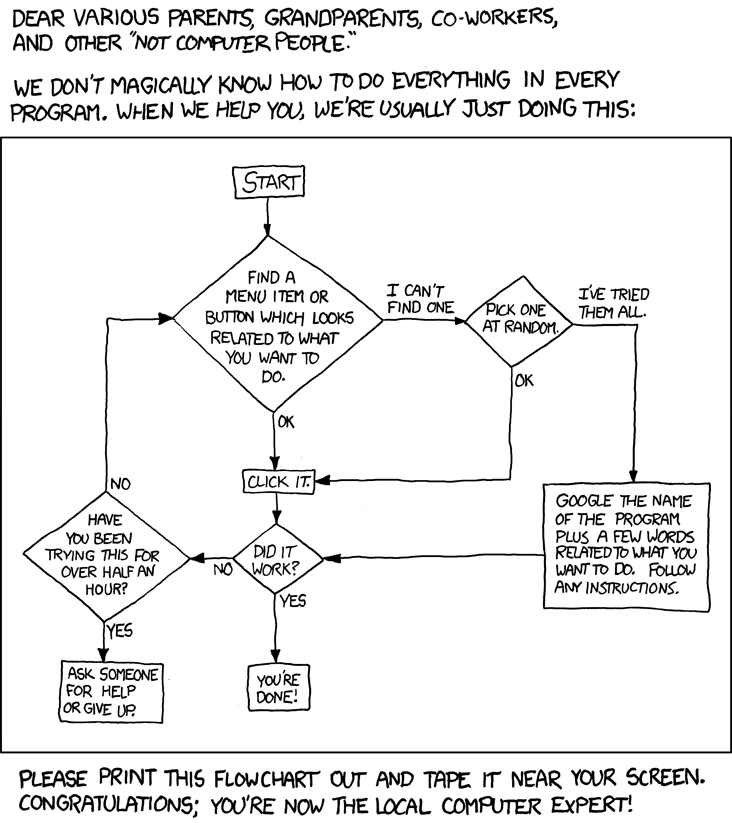Open source is a lovely thing. Getting open source software running, configured, backed up and functioning can be considerably less lovely. I hear some of you saying, "If only there was a company that could just configure the software for me so that I could use the program instead of spending my time installing it and resolving dependencies, I'd do cartwheels in the parking lot." Well, start stretching, because it's cartwheel time. Jumpbox is a company that specializes in making pre-configured application-specific open source software virtual machines that can be easily deployed in Windows, Linux, or Macs using virtualization technologies. JumpBox was founded in 2006 by Kimbro Staken
and Sean Tierney. For a quick explanation on how Jumpboxes work, there is a 90 second introductory video available on their
website, as well as a
tour of the basic structure of each Jumpbox.
How Jumpbox works:A wide variety of open source software is available and preconfigured into virtual appliances, called Jumpboxes. Jumpboxes are ready to be deployed with a minimum of configuration, and are designed to be stable and efficient. There are currently
over 50 different Jumpboxes available, including software such as
Drupal,
SugarCRM,
Nagios,
Cacti,
OpenFire,
OpenLDAP,
Wordpress, and others.
Jumpboxes tend to be pared-down versions of Linux with just the components needed to run that particular software package, and the distro/version is indicated on each Jumpbox's informational page (Example: The
SugarCRM Jumpbox is based on Ubuntu 8.04LTS).
The virtual appliances can be run on a variety of different platforms, such as
Parallels,
VMWare,
Virtual Iron,
Xen, and others.
How much Jumpbox costs:Here's the catch. While Jumpbox saves you in time, it does request some monetary compensation for the services it provides. Currently, Jumpbox works on a
subscription-based service, with four levels of subscription varying from $149 to $999 per year, each level providing you more features and services, such as the ability to deploy a Jumpbox on the
Amazon EC2 Cloud (additional usage rates may apply on EC2). Before you start throwing rotten vegetables at their company, consider the amount of time that is spent creating and administering these virtual machines, and consider how much you would have to pay someone to do this work for you in-house. For those of you that want to deploy these on a personal basis or work for organizations with more limited budgets, some of the Jumpboxes are available for
free download and use, and ALL of the Jumpboxes are available to try out for 60 minutes on the Amazon EC2 cloud, free of charge. One positive result of these free 60 minute trials is that you can easily try out an open source project without committing time or computers to install the software on before trying it. That way, if you hate the software or it doesn't fit your needs, there is minimal loss of time, and you don't have to worry about uninstalling the software or having the removal affect your system configuration.
One point of contention from me about the pricing scheme- there are no accomodations made towards non-profit organizations. It would have been nice for them to create a different category for non-profits, as non-profits could surely benefit from Jumpbox, but may not have the budgetary resources to pay the subscription fees that are posted.
Conclusion:Jumpbox is a wonderful service for task-based people or businesses who are looking to get work done using open source software with minimal fuss. It also is good for small business who do not have dedicated IT staff to administer several different services, or business that are looking to use software services without having to purchase hardware or obtain staffing to accomplish these tasks.
Linux geeks who love tinkering with operating systems may not love this service, but the free trials and free downloads that they offer may provide an easy way to try out the latest, greatest version of a software before you decide to undertake the install process yourself.
Visit the
Jumpbox website, take a look at their
wiki, or read their
blog to find out more about Jumpbox!







